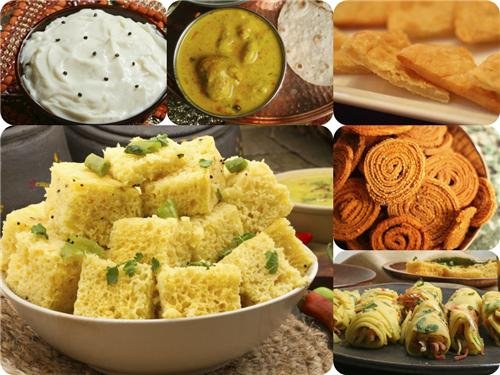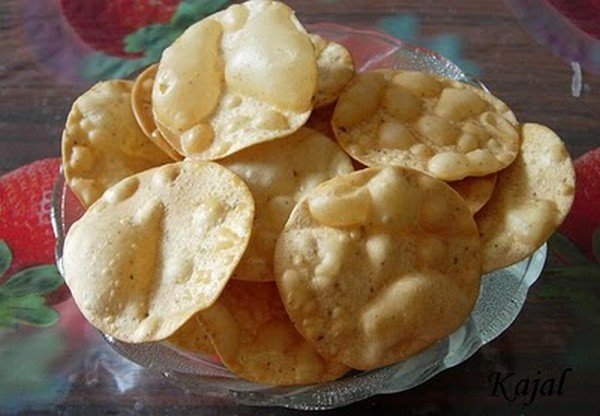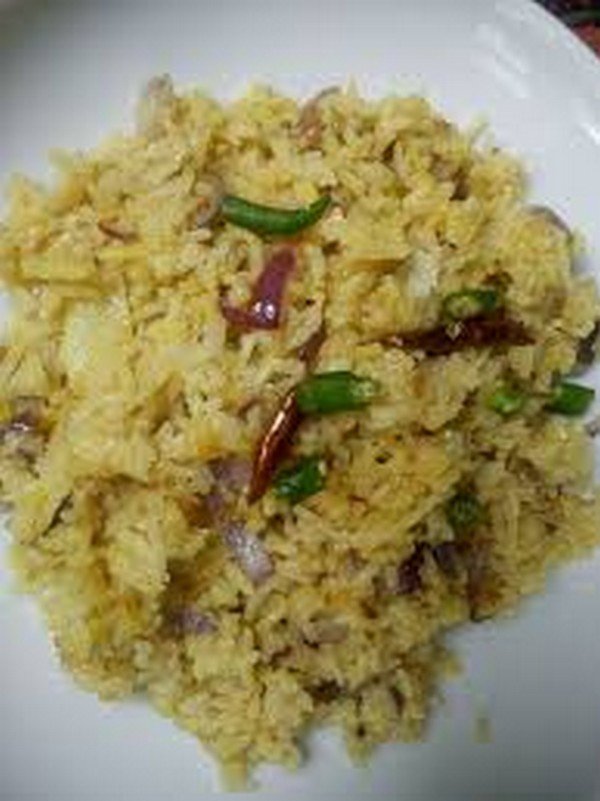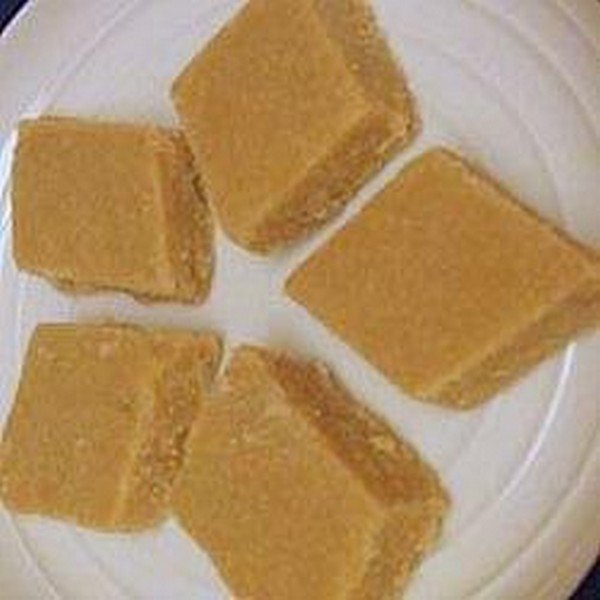
1. Moong Daal :

The use of whole green gram or moong is very common in day-to-day gujarati fare. Khatta moong is a lovely recipe that features cooked moong simmered with curds and spices. The use of curds bestows a unique, sumptuous feel to this recipe. Garlic-lovers can even add a little garlic paste to add a whole new dimension to this item.
2. Mixed Dal :

The state of Gujarat is located on Indias northwestern coast just above Maharashtra state. The cuisine of Gujarat is primarily vegetarian in nature. Gujarati food is a delicate balance of sweet, salty and spicy flavors. Fresh seasonal vegetables served along with various dals or beans, rice and Indian flatbreads are usually part of a typical Gujarati meal.This delicious mixed dal recipe is simple, easy to prepare and absolutely delicious. It is also a rich source of protein.The pressure cooker is absolutely indispensable in the Indian kitchen. It cooks dals, beans, lentils, vegetables, rice, chicken and lamb in mere minutes (as opposed to hours). The result is a fully cooked and tender final product that is cooked by a fast and healthy method. Pressure cookers can be a little intimidating at first, but I highly recommend using one especially for Indian meals. Pressure cookers will make your life easier and are a wonderful time saver. The newer modern pressure cookers are inexpensive and much safer to use. They are also easily available in most home and kitchen appliance stores.
3. Mathia :

Mathiya is is a savoury math dal flour based Gujarati Snacks. Most of Gujarati household made mathiya during Diwali or Holi festival.
4. Khatta-Mittha Bhaat :

Infused Khaman Dhoklas I call them that because these spongy khamans have been infused with a sugar-lime juice solution to give it that authentic street taste. all the credit goes to my Mil for teaching me this trick. I had been making this the regular way, by adding tadka on top…but by letting the sugar-lime solution soak in the khaman, it takes on a whole new flavor…one that you re sure to enjoy.
5. Sukhdi :

Sukhdi is a sweet made from wheat flour and jaggery in ghee. Sukhdi is often consumed at weddings or on holidays.
6. Bajri Na Rotla :
Mix salt and Bajri flour. Now add a little water at a time and kneed into firm dough. Add water as needed. The dough should be soft enough. Now wet your palm and place a medium size ball of dough in between your palms. Gently press and flatten the ball. Keep flattening it as if you are clapping your hands gently. You will have to keep your palms wet so that the dough doesn t stick to your palms. Keep on expanding rotla this way until you get it of your desired thickness.Place it slowly on hot clay tawa(also called Tavdi). Take care that there should not be any air between, tavdi and rotla .Cook on low flame for about a minute and then gently flip it over to cook the other side. Turn the heat to medium high while cooking the other side for another minute. Now turn again and cook the other side until fully cooked. take it off from tavdi and spread Ghee on it. Serve Hot with Ringan no olo.
7. Bhakri :

Bhakri is a round flat unleavened bread often used in the cuisine of the state of Maharashtra in India but is also common in western and central India, especially in the states of Rajasthan, Gujarat, Malwa, Goa, and northern Karnataka. It is coarser than a roti. It can be either soft or hard in texture, compared to a British biscuit with respect to hardness.Being a staple bread, bhakri is served with curd, chutney, vegetables, and rice. It is made mostly from wheat flour, jowar flour, bajra flour, nachni (or finger millet) flour, and even rice flour (in the Konkan region). Bhakris are made primarily with hot water, and flour. It has traditionally been the farmer s food which would be carried to the farm at the crack of dawn and make up for both breakfast and lunch.

